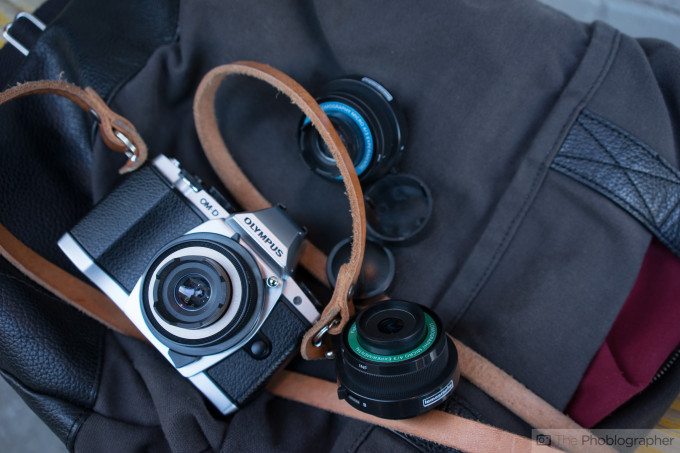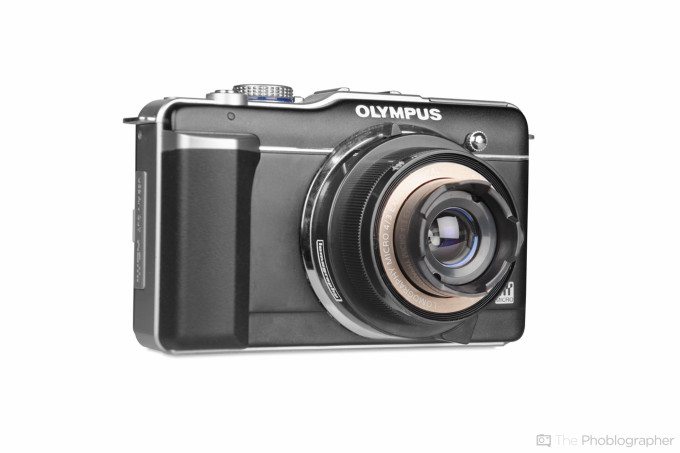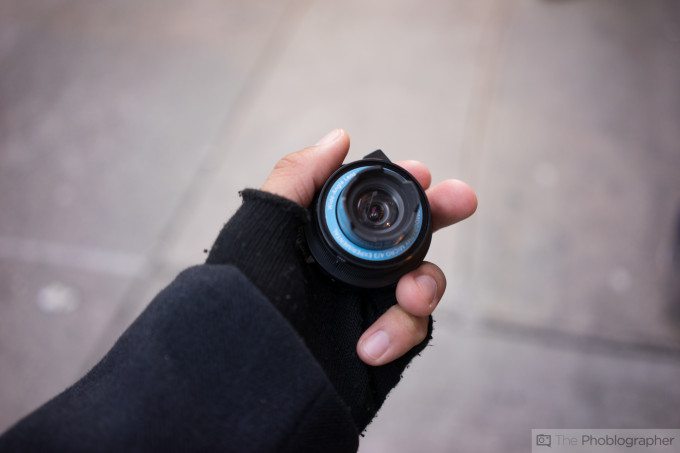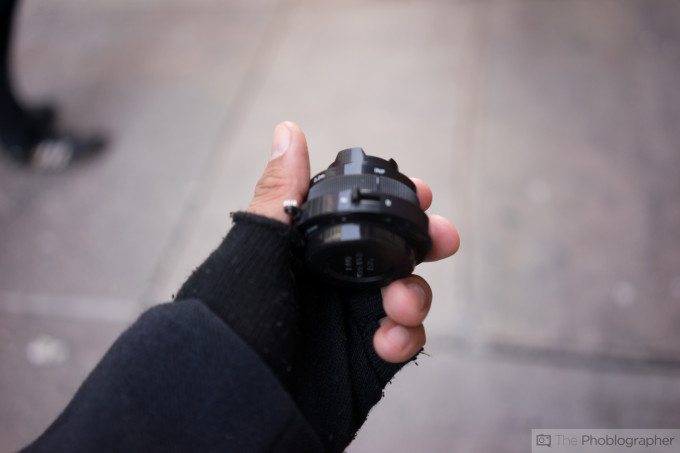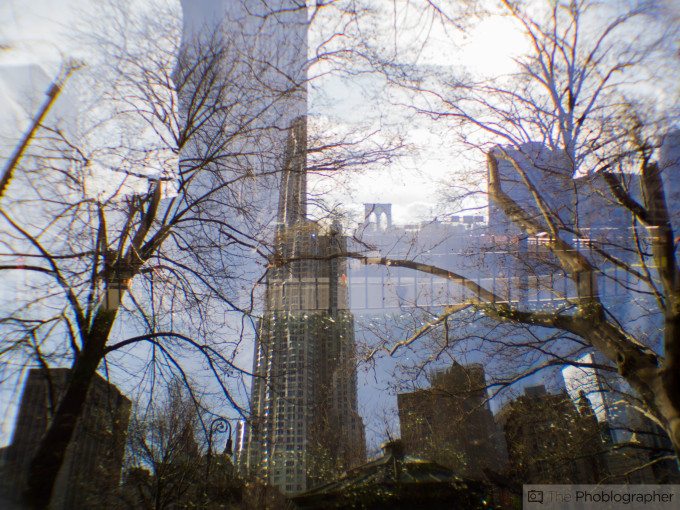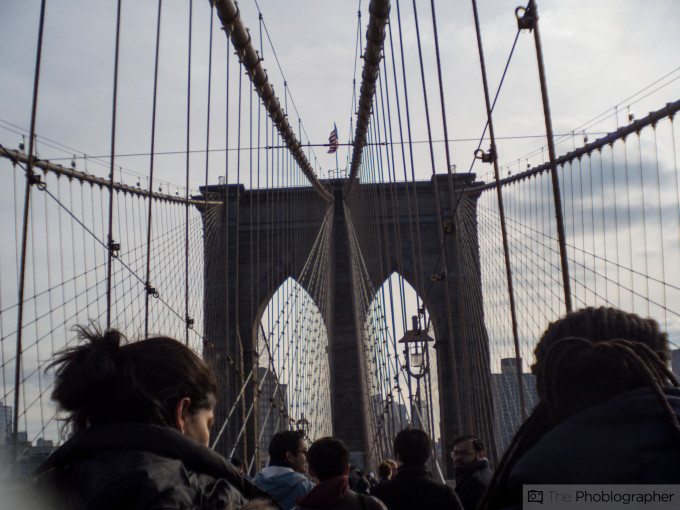In recent years, the Lomography company has been trying to do a couple of things to appeal more to the digital crowd. There was the scanner, the Petzval lens, and now there is a set of lenses for Micro Four Thirds cameras. No, these aren’t made from glass. In fact, they’re as quirky as most other Lomography products that you’ll get your hands on. But we’d be doing a great injustice to the products if we said that they aren’t fun. In fact, these lenses push the creative edge more than any other Micro Four Thirds product out there.
Pros and Cons
Pros
– Compact set of three primes
– Multiple exposure mode is super cool and incredibly awesome
Cons
– Focus is basically non-existant. Just live by the F8 and be there rule
– The shutter mechanism on one of our units failed after a while
– Not the best image quality
Gear Used
For this review, we test the Lomography Micro Four Thirds lens kit with the Olympus OMD EM5.
Tech Specs
Specs taken from our first news announcement
Lomography M4/3 Multiple Exposure Wide-Angle Lens 12mm
Focal Length: 12mm
Aperture: 1:8
In-lens Shutter Speed: N (1/100) & B (bulb)
Lens Mount: Micro 4/3 Lens Mount
T-shutter: Yes
Filter Slot: Yes
Lomography M4/3 Multiple Exposure Standard Lens 24mm
Focal Length: 24mm
Aperture: 1:8
In-lens Shutter Speed: N (1/100) & B (bulb)
Lens Mount: Micro 4/3 Lens Mount
T-shutter: Yes
Filter Slot: Yes
Lomography M4/3 Multiple Exposure Fisheye Lens 160°
Angle of view: 160 degrees
Aperture: 1:8
In-lens Shutter Speed: N (1/100) & B (bulb)
Lens Mount: Micro 4/3 Lens Mount
T-shutter: Yes
Filter Slot: Yes
Ergonomics
There really, really isn’t much to Lomography’s lenses. Essentially, they’re all designed and created equally and have different color markings to signify which lens is which. Plus they all say them on the front.
When you hold them, all you’ll think about is just how plastic they are. There is a standard, wide, and fisheye lens.
The lenses themselves have controls too. There is a Bulb mode (which basically blacks out the lens), normal shooting mode, and the actual shutter on the unit. This may sound weird, but here is how it works. There are two shutter modes: normal (which allows you to shoot with your camera to your heart’s content) and then multiple exposure mode. This latter mode blacks out the lens and will require you to set your camera to a longer shutter speed of two seconds or more. While you set the camera to take a picture, you control what the final image will be by operating the separate shutter mechanism on the lens.
In real life use, it’s really cool.
Build Quality
They’re Lomo lenses–and with all due respect to some of their higher end products, this isn’t exactly one of their high end kits. With that said, we see lots of photographers associating the lenses with the moniker of being toys. Call them what you want, but they’re not the best built lenses.
Ease of Use
As far as focusing goes, all you’ll need to do is attempt to read the focusing scale or use your camera’s LCD screen/viewfinder to see if you’re in focus or not. In a case like this, after focusing you’ll just need to shoot. But then there is the multiple exposure mode. This mode will take lots of experimenting with to get it right. However, the potential for creating something really cool is very high once you have an idea of what you’re doing.
The image above is an example of a double exposure that you can take.
Focusing
The focusing rings on our units are very stiff. Additionally, you can either focus through the viewfinder/LCD screen or scale focus with the distance markers on the lens: all two of them.
We’ll let you pick.
Image Quality
These are plastic lenses: it’s completely ridiculous for us a to do a bokeh test, sharpness tests, or even talk about the color rendition. They’re going to give a very low-fi look. But the image quality isn’t such a big problem if you just want to sit there and be experimental.
With that said, these aren’t recommended for everyone: but instead only for the most creative of Micro Four Thirds users.
Extra Image Samples
Conclusions
We have to be very honest about these lenses: we’re not thrilled about them. If Lomography made them glass lenses and gave them the build quality that the Belairgon lenses received, we’d actually consider giving these an Editor’s Choice for the best creative tool you can get your hands on this year. But alas, we’re not so thrilled by what they can do in the current stage.
Your money is better spent elsewhere unless you really want to embrace the creative possibilities. However, also note that Olympus Micro Four Thirds cameras have a multiple exposure mode already.
Please Support The Phoblographer
We love to bring you guys the latest and greatest news and gear related stuff. However, we can’t keep doing that unless we have your continued support. If you would like to purchase any of the items mentioned, please do so by clicking our links first and then purchasing the items as we then get a small portion of the sale to help run the website.
Also, please follow us on Facebook, Google+, Flickr and Twitter.


